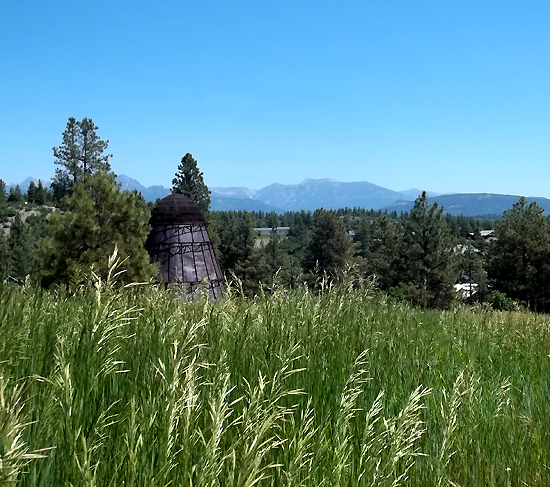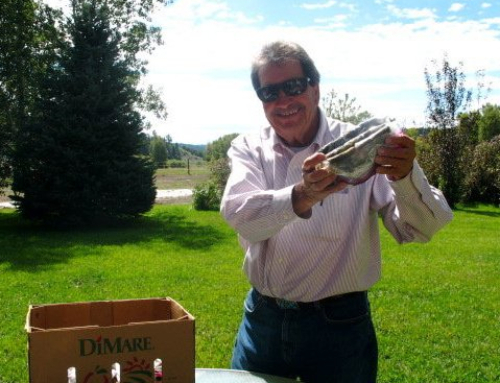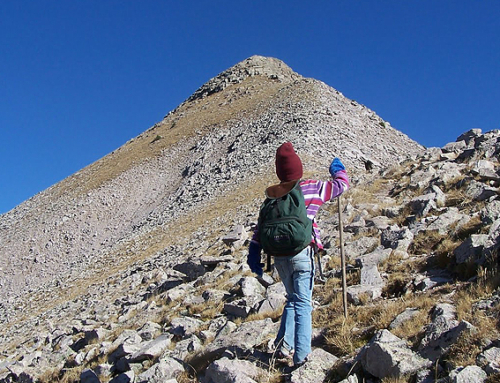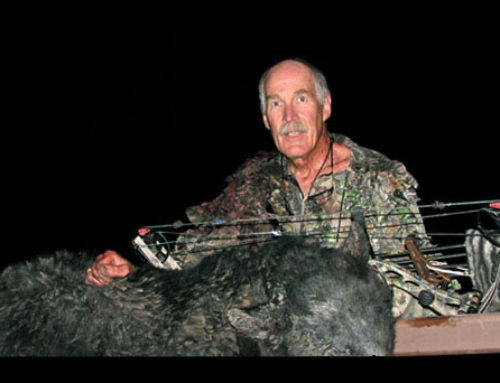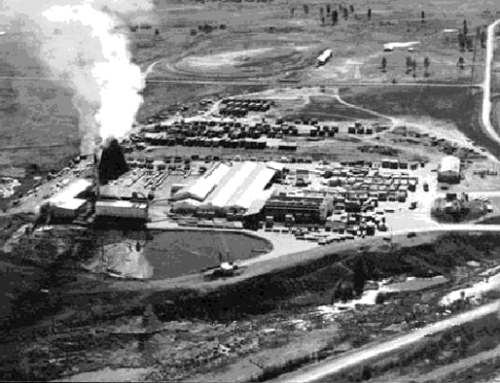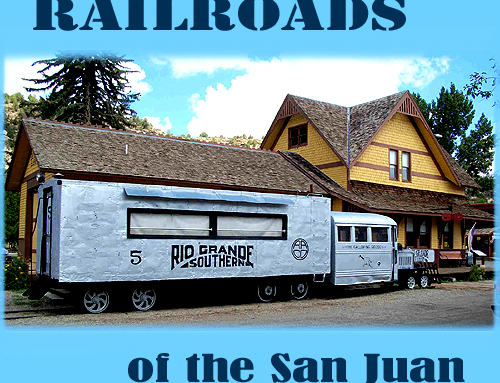What’s historic here? Well, the mountains have been here for 65 or so million years. The old log mill kiln is about a century old. The houses in this view are not very historic at all! The tall grass is a patch growing waist high just a few feet from highway 160 along Putt Hill behind a derelict house. The grass is historic because it once grew here and was almost completely destroyed by cattle and sheep brought in by early pioneers.
 Tom Mozer sent a couple photos of the Turkey Springs area exclaiming about the tall grass growing there. It is interesting because others have noticed the same thing in other areas. Along with all of nature, the grasses grow extra healthy during years with extra rain fall. Its not that simple, however, and its not the entire story.
Tom Mozer sent a couple photos of the Turkey Springs area exclaiming about the tall grass growing there. It is interesting because others have noticed the same thing in other areas. Along with all of nature, the grasses grow extra healthy during years with extra rain fall. Its not that simple, however, and its not the entire story.
It is an interesting fact that what we see in wild nature as tall grass is likely remnant strains of the truly tall grasses growing here when whiteman, cattle and sheep arrived in the late 188os. This was natural wild grass and was said to be four to five feet tall. Jewell Walton, before her passing, told me of her life growing up in the valley along what is now the Piedra Road. Her parents had been original homesteaders there when it was wilderness. She related that she was warned to not play in the grass because children could get lost in it. She also related that hunters favored the area. They hunted by crouching down to eye level with the grass tops and watched for deer’s antlers to pop up from the grass as a way to find the game. She remembered fondly watching the valley as wind blew the grass. She said, “it looked just like ocean waves”.

Adapted from: Allen, C.D. 1998. Where have all the grasslands gone?
Passing through the majestic landscapes of northern New Mexico and southern Colorado today one finds valleys thick with sagebrush, dense woodlands of piñon and juniper amidst eroding foothills, closed forests crowded with ponderosa pine and fir cloaking plateaus and mountain slopes, and a variety of grasslands and meadows densely fringed with young trees. Most people think of these wildlands as “natural”, pretty much the ways things have always been. Yet old-timers and even older documents tell of pine forests and woodlands with grassy understories open enough to drive a wagon through, while ecologists and environmental historians compile ever-increasing evidence of major vegetation changes over the past century. A repeated theme of these ecological histories is the decline in herbaceous vegetation (grasses and non-woody flowering plants) while forests thicken and brush invades. The details of species and timing vary a bit between studies, but everywhere woody plants (trees and shrubs) are increasingly dominant. Why has this been happening?

In the last few years Pagosa’s Reservoir Hill has been thinned trying to move the forest there back to a more natural state. Here a speaker talks of the changes the forest has been through during mans time here.
The main reason for this increase in woody plants in the area is human-caused changes in the role of fire and grazing in our landscapes. Vegetation patterns are determined by many factors, with climate, topography, and soils often considered paramount. It is less well recognized that disturbances like fires and floods may be equally influential. Particularly here in the Southwest, fire is a key process that determines the ecological structure and function of most ecosystems. In general, fire favors grassy vegetation over woody plants. Trees and shrubs can be killed or severely damaged by fire, while perennial grasses not only survive and quickly recover (the same way they regrow from basal growth points after being grazed), their growth may even be enhanced by fire. A variety of scientific studies show that fires have been frequent and widespread in the area since before the Oñate entrada and Spanish and Europeans, shaping the vegetation in ways that favored herbaceous life-forms. About 100 years ago the occurrence of fire greatly diminished across this region, resulting in major vegetation changes that included declines in grassy vegetation and increases in woody plants—a trend that continues today.

